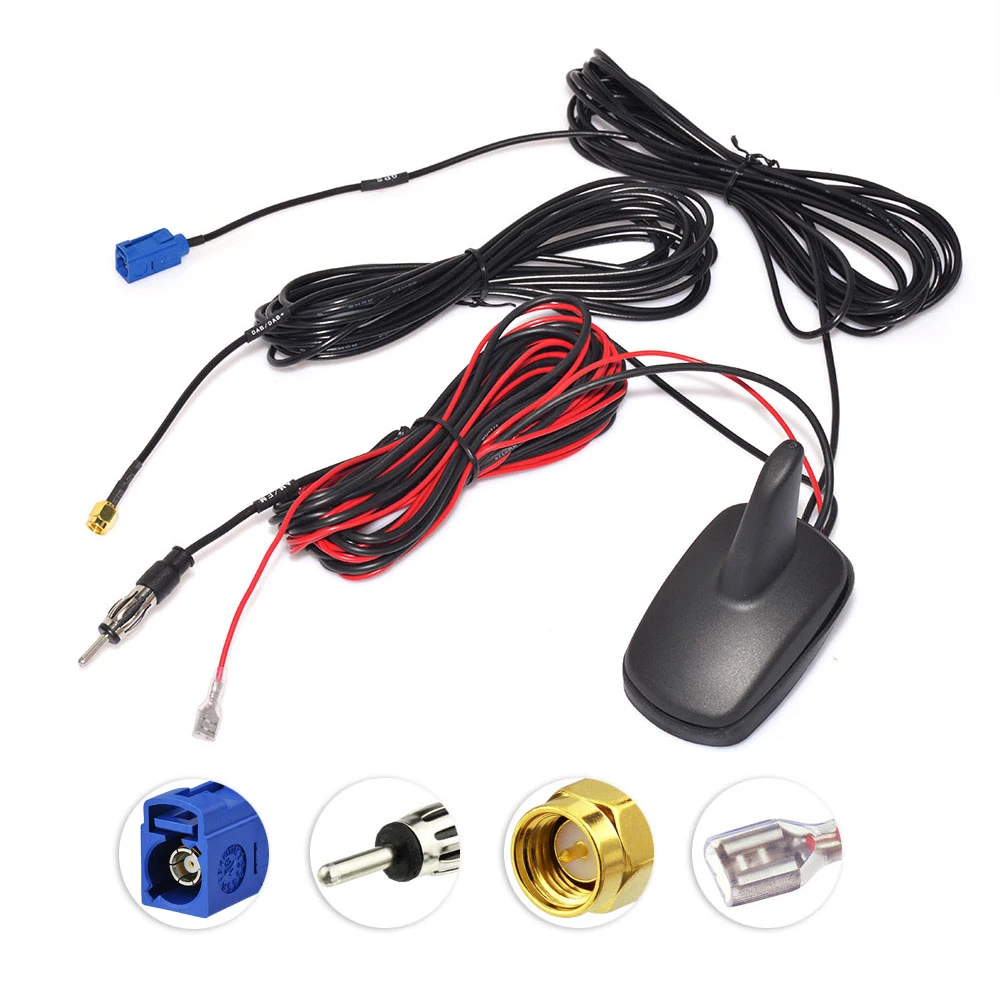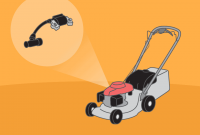Guide To Antenna Car Roof Mount
You have a mobile radio and a separation kit with you. You’re all set to start installing. The most crucial question now is where to install the antenna.
Sometimes I get the impression that automakers are conspiring against each other. Finding a proper mounting point on a vehicle becomes more difficult every year. However, with a little creativity and forethought, you can get the most out of a mobile antenna.

Considerations For Car Roof Antenna Installation
Antennas can be mounted on a vehicle’s roof, fenders, trunk, and window glass, among other places. A high mounting position, as well as as much metal mass under the antenna as possible, is preferable for performance. Another thing to bear in mind is to put the antenna as far away from roof pillars and hatch doors as possible.
Roof center, center of trunk lid, fenders, trunk/hood grooves, and on-glass installation are considered the finest positions for VHF/UHF antennas (in order of preference).

The quantity of ground plane supplied by the position and the clearance from impediments are used to establish this ranking. Consider where your feedline will enter the vehicle as you consider sites. You don’t want a long run to end up on the car’s body or smashed in a door frame.
Direct mounting isn’t an option for many people. However, there are a number of additional antenna mounting options that will provide enough performance.
The magnet mount is one of the most basic and straightforward mounts. It’s easy and portable, but it’s designed to be a temporary antenna, despite the fact that many hams leave them on indefinitely.
Capacitive interaction between the magnet and the metal beneath it grounds it. This method of grounding is acceptable for VHF/UHF frequencies, and I’ve found it to be a nice way to situate the antenna in the center of the roof without drilling a hole. If removed carelessly, they might collect dirt on the bottom of the magnet and scratch paint.
Other easy-to-install options include mirror and roof rack mounts. Mirror brackets and roof racks, on the other hand, aren’t always electrically grounded to the body. If you choose this path, a 1/2 wave no ground plane antenna is a good option (NGP).
Because they’re simple to install on most automobiles, trunk lip/universal lip mounts are popular. They’ll fit on the edge of an SUV’s trunk, hood, door, or rear hatch.
The Diamond K400 is a common bracket that pivots to allow the antenna to be changed into an upright position. Lip mounts are secured in place with set screws that are tightened into the metal’s bottom edge.
Scrape away paint directly under the set screws to expose bare metal in order to form a ground connection. A dab of dielectric grease on the exposed metal will aid in corrosion prevention.
Fender/bracket mounting is one approach to ensure a pretty decent footing. Comet No-Hole Fender Brackets hold the antenna and provide a ground by using existing fender fasteners on trucks and SUVs.
Angle brackets can be fastened inside doors, rear hatches, and trunk grooves with stainless sheet metal screws, but make sure the distance is broad enough for the door to open and close without striking the bracket.
Typically, antennas and mounts are sold separately. This is advantageous since you can mix and match to meet your specific requirements. Make sure the antenna base is compatible with your mount.
An NMO antenna, for example, is required by an NMO mount. UHF, N, and 3/8′′ threaded stud mounts are among the other options.
Mobile antennas are classified into three basic categories: 1/4 wave, 1/2 wave, 5/8 wave, and so on. Each has its own personality.
A 1/4 wave antenna, for example, emits a signal that is aimed at higher angles, making it excellent for use in urban areas. A 5/8 wave antenna is designed to focus the signal toward the horizon, making it perfect for flat areas with limited signal coverage.
When there is a poor or non-existent ground, such as in cars composed of fiberglass or composite materials, half-wave antennas are used.
Antenna Car Roof Mount

Choosing Your Antenna

It’s all about the size. To avoid scraping the overhead door frame if you park in a garage and use an antenna that extends over the roof line, consider a small antenna or one with a fold-over feature. You can use up to a 40-inch antenna with a trunk lid or fender installation, giving you additional radiating efficiency.
Look for high antenna gain estimates, but keep in mind that these should be taken with a grain of salt. Antenna gain is a relative measurement, and if the reference point isn’t specified, the results can be misleading.
Gain statistics for antennas are frequently stated in dBi or dBd, which refers to an isotropic (dipole) radiator. Check to see if you’re comparing apples to oranges.


